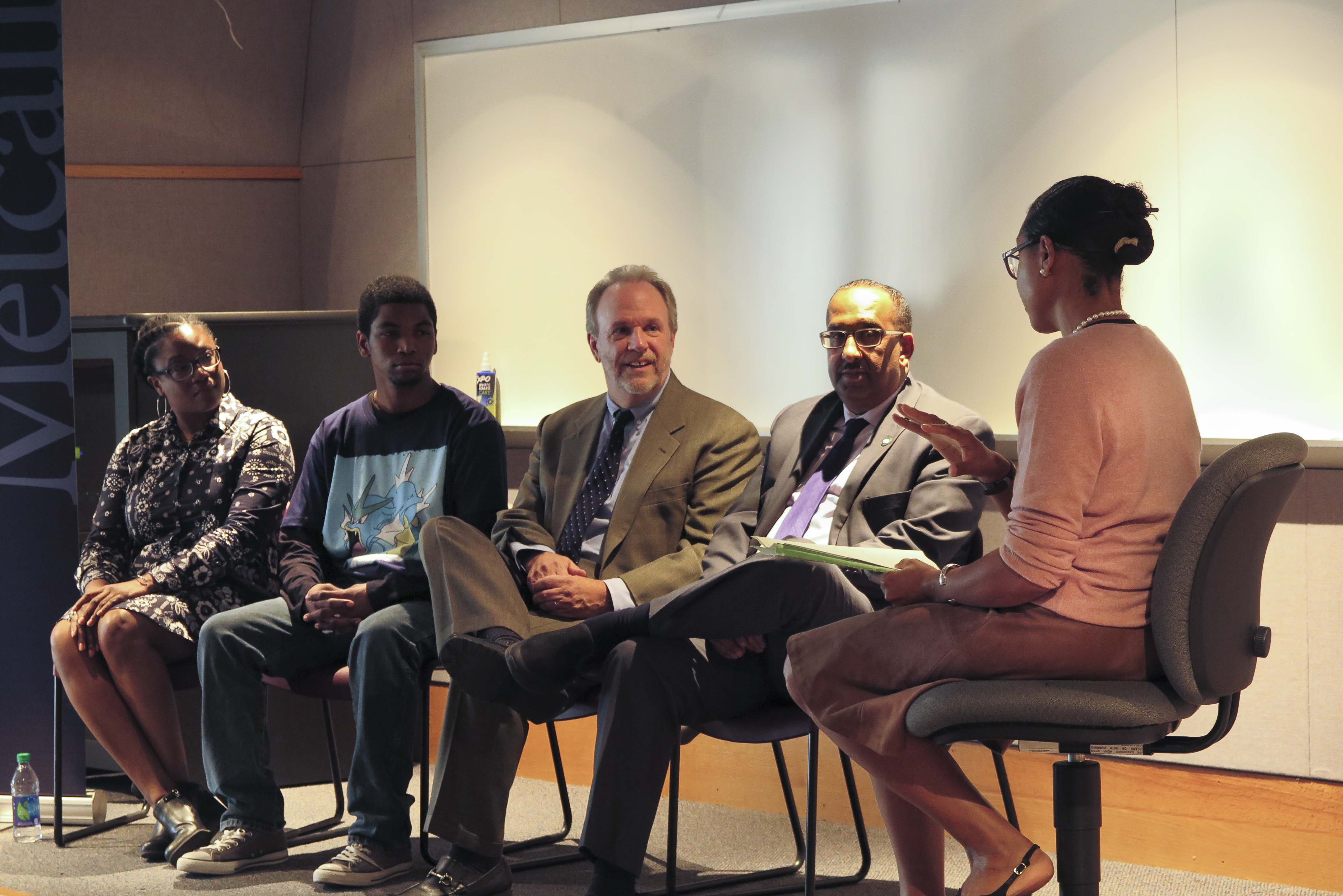Before Flint, there was Rhode Island.
Shortly before Jaylen Hayre’s second birthday, a seemingly routine checkup revealed life threatening blood lead levels. Safe blood lead levels are considered to be five or less, and levels of 45 or more require treatment. Hayre’s blood lead level, however, reached 180.
“He was in the hospital for about five days,” said Hayre’s mother, Joanna Ravello, who now directs the Office of Community, Equity and Diversity here at the University of Rhode Island. “Teams of doctors would come in and go, ‘How is he still alive?’”
Unlike Flint where people are being exposed to lead through their drinking water, children in Rhode Island are exposed to lead through paint manufactured before 1978. Lead was used as an additive to help paints last longer, but after there was evidence that lead exposure could lead to brain and nervous system damage and lifelong consequences, landlords have been required to remove it from their apartments.
This doesn’t always happen though, especially in poorer neighborhoods. Instead, dried lead paint chips, which taste sweet to infants, are left behind.
When Ravello moved into an apartment on Smith Hill in Providence with Hayre while still in college, she had no idea what lead poisoning even was. Many parents, unfortunately, are not informed of lead poisoning until it is too late.
Last fall, some of the students in an investigative journalism class, JOR 331, helped to share Hayre and Ravello’s story as part of a short environmental justice documentary series which aired on PBS. This past Friday, members of the URI community and the general public were welcomed to a special screening and panel discussion
Madelynn Schulte, one of several students who worked on the short documentary, and a contributor for the 5 Cent Cigar Newscast, said she was glad to work on this project to help raise awareness for something she feels not enough people know about.
“I think it was important to let people know that there is an issue and more people should be caring,” Schulte said.
Speaking as part of the panel alongside Hayre and Ravello was their lawyer, Robert J. McConnell, and Graduate Studies Dean Nasser Zawia, who researches environmental hazards and the brain.
McConnell has filed to help hundreds of children affected by lead paint poisoning, but despite statistics from the Department of Health that lead levels in Rhode Island have been decreasing for the past nine years, his case load has stayed the same.
“Things have gotten a bit better,” Barbara Morin of the Rhode Island Department of Health said in the documentary. “There’s still more than 900 per year of newly lead poisoned children that are found in the state.”
For McConnell who represents children and families who’ve suffered from lead poisoning, he said there’s a “heck of a racial element there.”
“We don’t value some lives as much as we value others,” McConnell said, quoting historian Gerald Markowitz. “Because lead poisoning is perceived as a problem of poverty and children of color, it does not achieve the kind of attention it should, despite the fact that lead poisoning is an equal opportunity danger to all children.”
In addition to bringing attention to the fact that Rhode Island is the lead capital of the country, with blood lead levels several times higher than the national average, the film also examined the relationship between Hayre and Ravello and how Hayre perceives his own identity.
One thing that Hayre struggled with was that Ravello would never say he was disabled. He said that despite all of the obstacles he’s overcome and continues to, at 24 being a disabled man is a huge part of who he is. Before they discussed this on camera, however, Ravello never knew she’d been hurting her son’s feelings by not acknowledging this.
“I really am disabled,” Hayre said. The disabilities he lives with because of lead poisoning is a part of who he is, but he doesn’t let that limit him. “As a disabled man, you shouldn’t have to give up on your dreams.”





